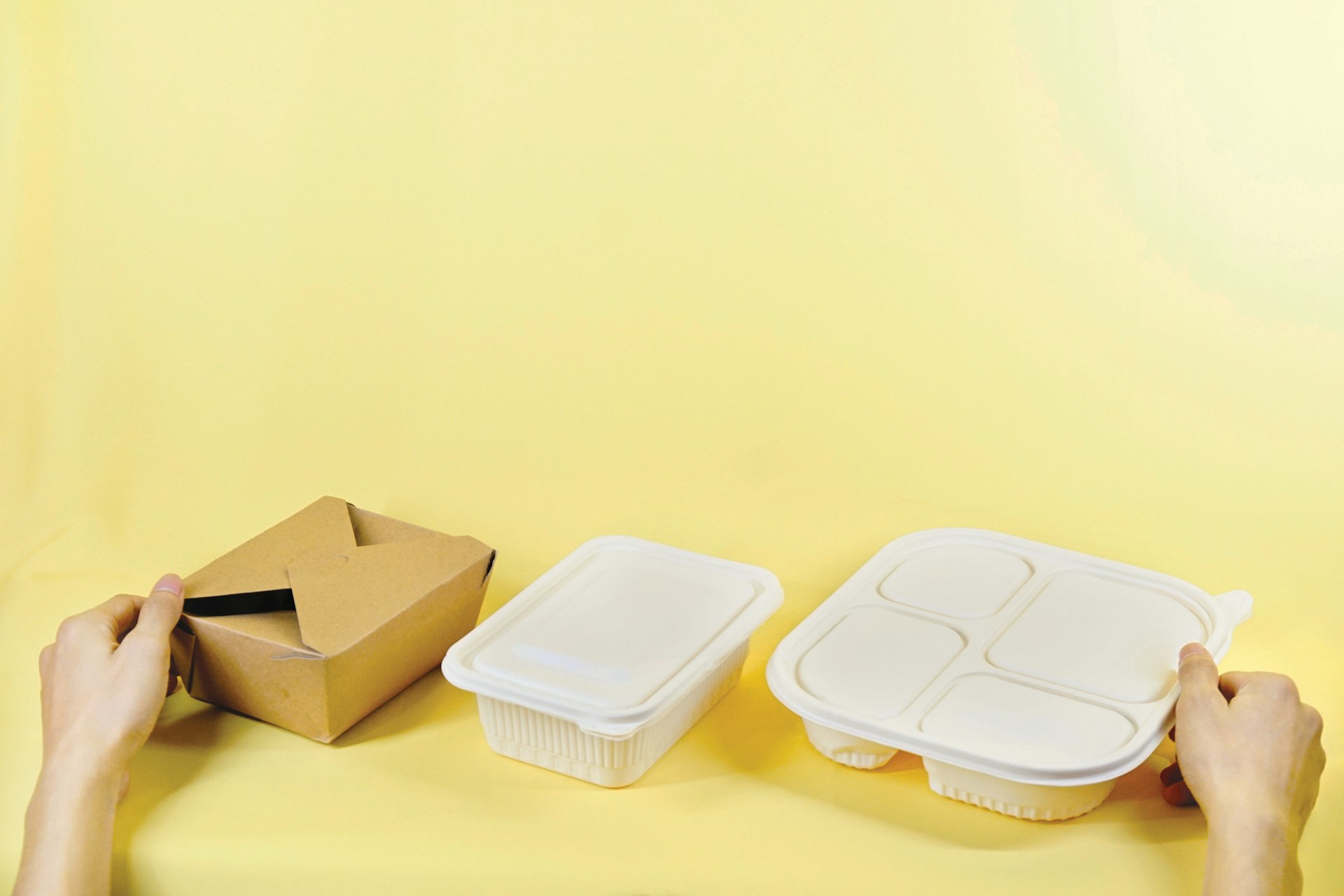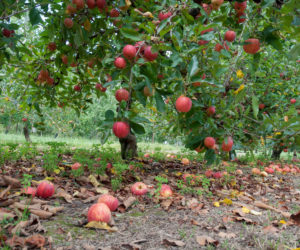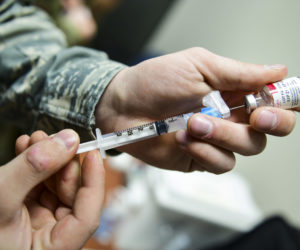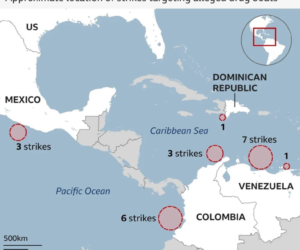
Packaging industry innovations have emerged amid changing consumer expectations, technological developments, and more stringent policies for sustainability and safety. Companies face growing pressure to embrace innovative solutions that address evolving needs, improve functionality and remain compliant with the latest regulatory standards.
While change presents unique challenges for some, the latest packaging trends reduce costs and improve the customer experience. They also enable consumer goods manufacturers to demonstrate their commitment to environmental stewardship.
1. Sustainability Takes Center Stage
Green packaging is now a priority, influenced by evolving mandates and consumer preferences for sustainable products. Biodegradable, recyclable and compostable materials appeal to eco-conscious buyers and help brands reach their environmental, social and governance (ESG) goals.
The food sector accounts for about 40% of global packaging materials, which has turned to bio-based alternatives derived from plants, algae, organic waste and even bugs. Whereas traditional petroleum-based plastic takes 400 to 1,000 years to decompose, biodegradable options may take only three to six months.
Post-consumer recycled plastics are just as critical to this shift. Manufacturers collect and break down plastic containers — such as milk and laundry detergent jugs — to create new packaging. This strategy diverts landfill waste and decreases the need for newly sourced materials.
Companies that invest in green packaging boost their brand reputation and future-proof their operations. In addition to meeting stricter government regulations, 4% to 7% of consumers are willing to pay over 10% more for products in sustainable wrappings.
2. Minimalist and Functional Design
Minimalist and functional packaging designs are becoming increasingly popular, with the industry leaning toward greater simplicity. According to one study, straightforward packaging symbolizes fewer ingredients, which consumers look for, especially if trying to improve their health.
Today’s minimalist alternatives have clean lines, basic illustrations and the most essential information, making it easier for buyers to locate important product details. Overall, brands can improve the customer experience with more accessibility and cut costs with fewer materials and ink requirements.
3. Smart Packaging — Integrating Technology
Digital technologies are revolutionizing the packaging industry with integrations such as Quick Response (QR) codes, Near-Field Communication (NFC) and Radio Frequency Identification (RFID). RFID tags monitor for quality control as goods pass through the supply chain, while NFC allows consumers to access additional product information using embedded microchips and their smartphones.
QR codes are also standard for mobile scanning, delivering additional item details, usage tips and promotional content. This tool improves origin tracking by giving each product a unique code linked to a traceability database. Businesses benefit from enhanced inventory control through data-driven insights while fostering end-user trust.
4. Customization and Personalization
Tailored wrappings and containers are key packaging trends for brands looking to differentiate themselves from their competitors. Companies create tailored packaging that caters to customer tastes, seasonal promotions and regional branding. The high level of customization cultivates a deeper relationship with consumers and promotes repeat purchases and word-of-mouth marketing.
Research shows a link between unboxing customizable packaging and intent to buy. In 2021, YouTube users watched over 1.1 billion unboxing videos for over 60 million hours. Another survey found that 62% of people watched these clips before making a transaction.
The unboxing trend involves gradually opening a newly launched product with detailed commentary. Viewers are taken on a discovery journey, which can foster a sense of surprise and mystery, like opening holiday or birthday gifts.
5. Supply Chain Resilience and Automation
Automation is enhancing supply chain resilience in the packaging industry. These systems streamline processes and operations, lowering labor costs and eliminating human error to prevent downtime.
Amazon announced its new automated packing technology in October 2023 — a development that utilizes built-in sensors to cut paper packing to the product size. The specially designed paper is light, durable, flexible and weather-resistant.
Smart robotics is also more prevalent across packaging production lines, even collaborating alongside people in the workplace. They come with advanced sensors that detect when workers are nearby, decreasing injury risks when packing, palletizing, placing and assembling products.
6. Regulatory Compliance and Safety
Businesses must adapt to the latest international and domestic packaging regulations, from stricter labeling to enhanced safety and sustainability requirements. Several states have implemented new packaging policies in 2025, such as the following:
- Virginia: Banning single-use Expanded Polystyrene (EPS) foam containers, starting with food vendors with 20 or more locations in July 2025, with others following suit in 2026
- Illinois: Requiring state agencies to reduce plastic purchasing by 50% by 2031 and 75% by 2036
- Delaware: Prohibiting food establishments from serving customers with ready-to-eat food and beverages in EPS foam containers or single-use plastic coffee stirrers and toothpicks as of July 2025
As a result of these changes, consumer goods manufacturers must rethink their packaging designs and opt for more compliant, environmentally friendly materials.
7. Circular Economy and Reusable Packaging
According to the U.S. Environmental Protection Agency, packaging and containers accounted for 82.2 million tons of waste in 2018 — about 28.1% of total landfill generation. The packaging sector is embracing circular economy principles to reduce this debris stream.
Establishments increasingly utilize materials for multiple life cycles, implementing returnable container initiatives and refill stations to reduce waste and resource consumption. Plaine Products — a personal care brand and corporate supporter of the Ocean Society — has eradicated over 625,000 plastic bottles in six years from landfills with its refill and reuse program.
The Ellen MacArthur Foundation highlights how other enterprises have achieved packaging circularity in its Global Commitment 2021 Progress Report. In 2020, ASOS boosted post-consumer recycled content from 9.2% to 27% and increased targets from 30% to 50% in 2025. Of the six signatories in the survey, all decreased virgin plastic in packaging by an average of 31%.
A circular economy and widespread use of reusable packaging face several logistics and investment hurdles. A lack of consumer awareness also impedes participation. Regardless, this approach has proven to be a viable strategy for the future.
Preparing for the Future of Packaging
With the packaging industry’s innovations making rapid headway, businesses have had to adapt quickly to function, customization, sustainability and smart technologies. Leaders should invest in the latest trends and explore digital integrations to meet compliance requirements, consumer demand and supply chain resilience. Most importantly, these changes will allow brands to stay ahead of the competition and achieve long-term growth.
Emily Newton is the Editor-in-Chief of Revolutionized, an online magazine discussing the latest technologies changing our world.
















